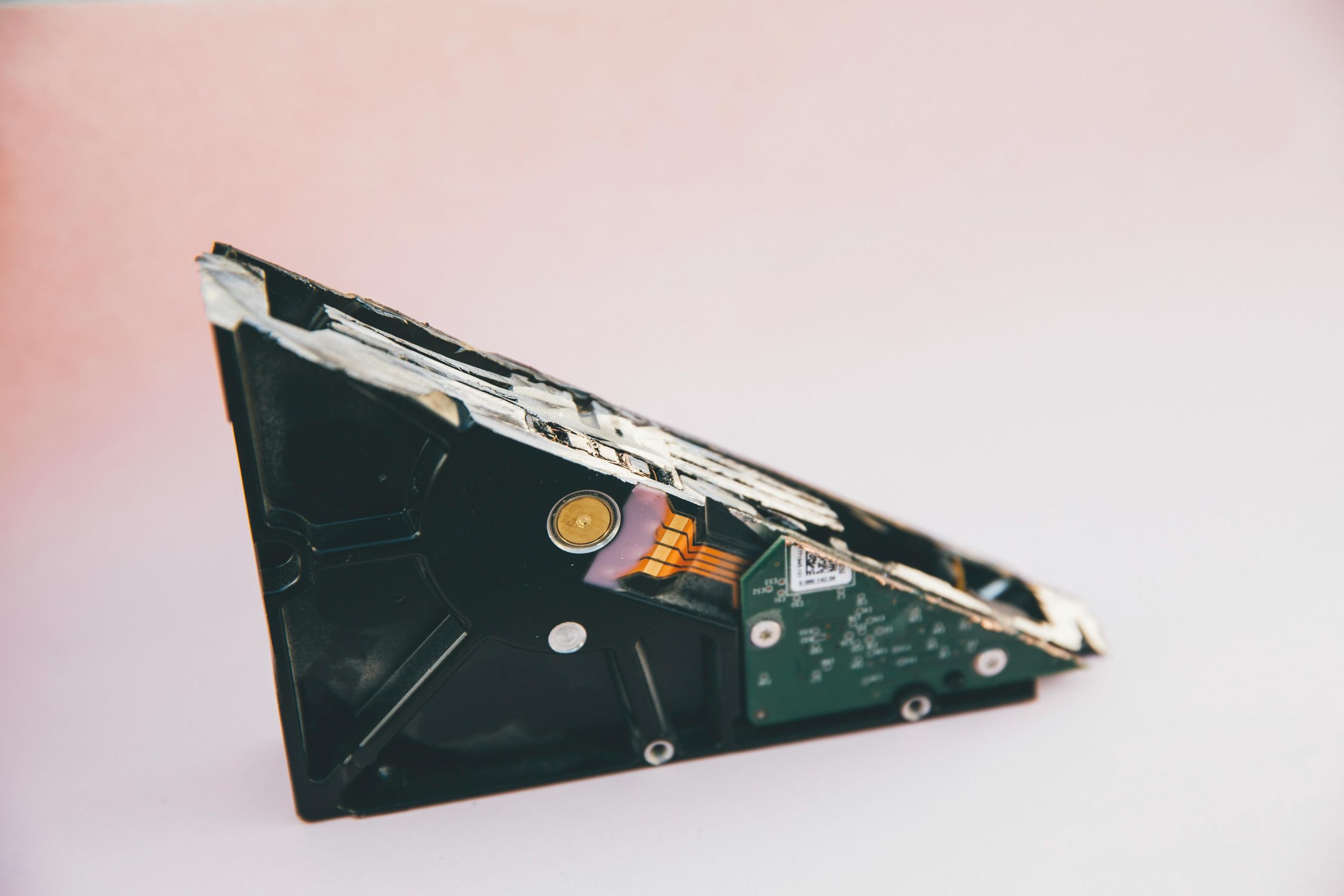How to Recover Data from an SSD with a Damaged SATA Port
If you’ve ever encountered a scenario where your SSD’s SATA port is damaged, you’re not alone. This is exactly the situation I am facing with my ADATA XPG SX900 2.5” SATA SSD. The data pins appear to be mostly intact, but due to the compromised housing, connecting it to a PC with a SATA cable has become impossible. Thankfully, the rest of the drive remains fully operational and in good condition.
If you find yourself in a similar predicament, you may be wondering about potential solutions for data recovery. Here’s what you need to know:
Can the Data Be Recovered?
The good news is that data retrieval from a damaged SSD is often possible, especially if the main components of the drive are functioning well. Professional data recovery services specialize in this type of work and possess the necessary tools and expertise to safely extract data without further harming the drive. It’s crucial to act quickly and avoid DIY methods that could lead to permanent data loss.
What Are the Expected Costs?
Data recovery costs can vary significantly based on several factors, including the extent of the damage and the specific services you require. While some basic recovery services can be relatively inexpensive, complex cases may involve higher fees. On average, you can expect to pay anywhere from $100 to $1,000 or more, depending on the specifics of the situation. It’s advisable to reach out to multiple recovery services for quotes and to discuss your particular needs.
In conclusion, while dealing with a damaged SATA port on an SSD can be frustrating, professional data recovery services can often help you retrieve your important files. Be sure to carefully research your options and choose a reputable service to maximize your chances of successful recovery. If you have any more questions or experiences to share, feel free to leave a comment below! Thank you in advance for your insights!
Share this content:




Recovering data from an SSD with a damaged SATA port can indeed be challenging, but you’re not out of options. Since the main controller and NAND chips on the drive remain functional, you might consider using an USB to SATA adapter or an adapter or PCIe card that allows connect the SSD directly to another working system. This can sometimes bypass the damaged port and grant access to the drive’s data.
If direct connection isn’t successful, professional data recovery services are your best bet. They can safely extract data using specialized equipment like chip-off recovery or advanced hardware tools. Remember, attempting DIY methods on a damaged drive could result in further data loss, so it’s advisable to consult with a reputable data recovery specialist.
Cost-wise, professional recovery services typically range from a few hundred to over a thousand dollars, depending on the complexity of the case. It’s wise to get multiple quotes and ensure the service provider has good reviews and proper certifications to maximize your chances of successful data retrieval.
Lastly, to prevent